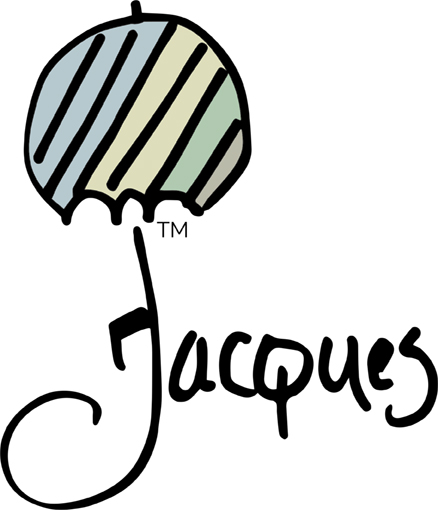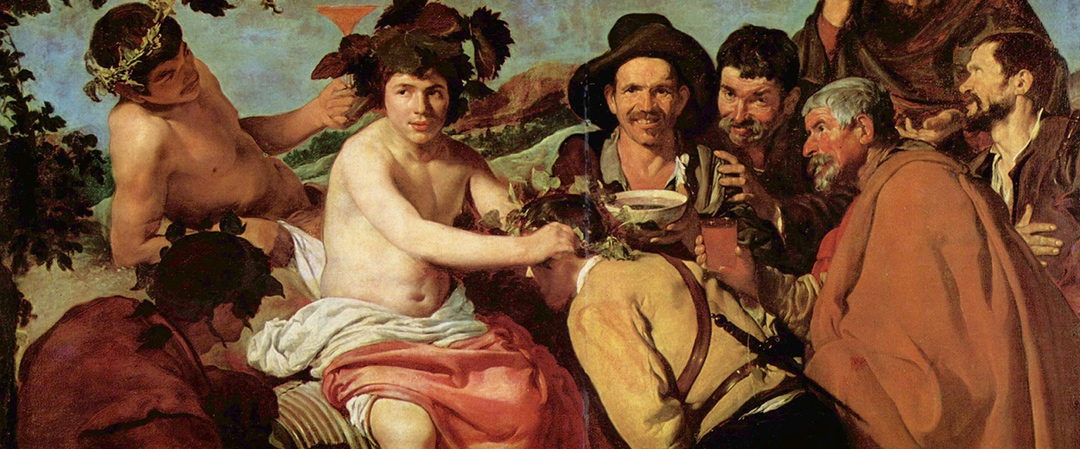“Drinking good wine with good food in good company is one of life’s most civilized pleasures.”
Michael Broadbent
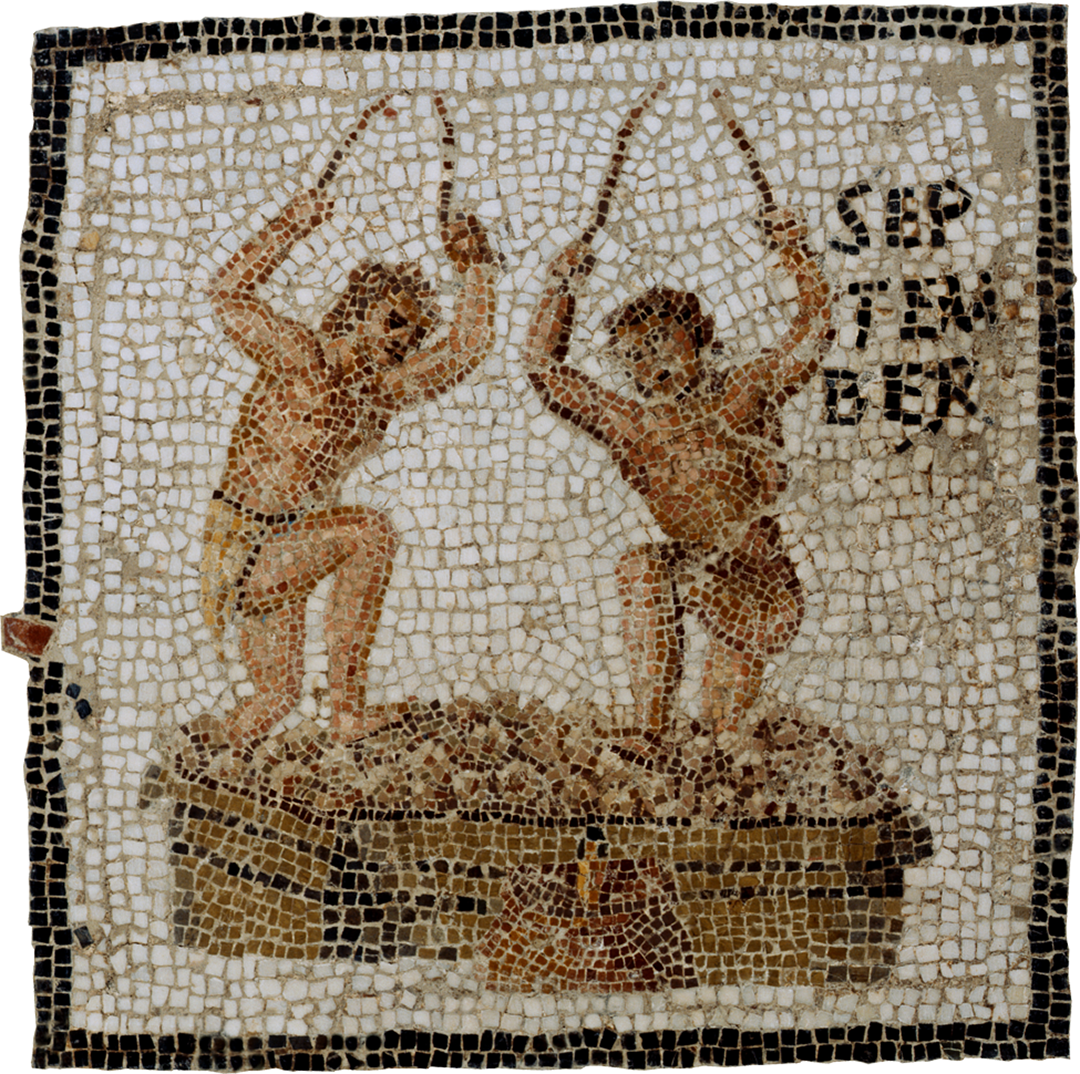 Art OK: “Divinity, Drunkenness and Desire: The Story of Wine in Art” [*]
Art OK: “Divinity, Drunkenness and Desire: The Story of Wine in Art” [*]
“When you take a sip of wine, the context matters: the accompanying food, season, and atmosphere all affect what your palate perceives. In the same way, wine’s meaning has changed based on the place and period in which it has been shared and consumed. Wine has featured in myriad artworks throughout history, from ancient murals of bacchanals to medieval harvest tapestries, Renaissance feast scenes to modern still lifes. Over the centuries and across cultures, wine has been used as a visual signifier of taste, class, courtship and the divine. Its varied depictions reveal its varying cultural significance.
Divine connection: While beer was an everyday drink in ancient Egypt, wine was more often reserved for gods and funerary rituals, in part because it was thought that intoxication could facilitate communion across the barrier between life and death. Some of the earliest depictions of wine showed both the process of its creation and its offering to the gods to facilitate the promise of an enjoyable afterlife.”*Quotation above is taken directly from the website cited and is the property of that source. It is meant to inform the reader and to give credit where it is due.
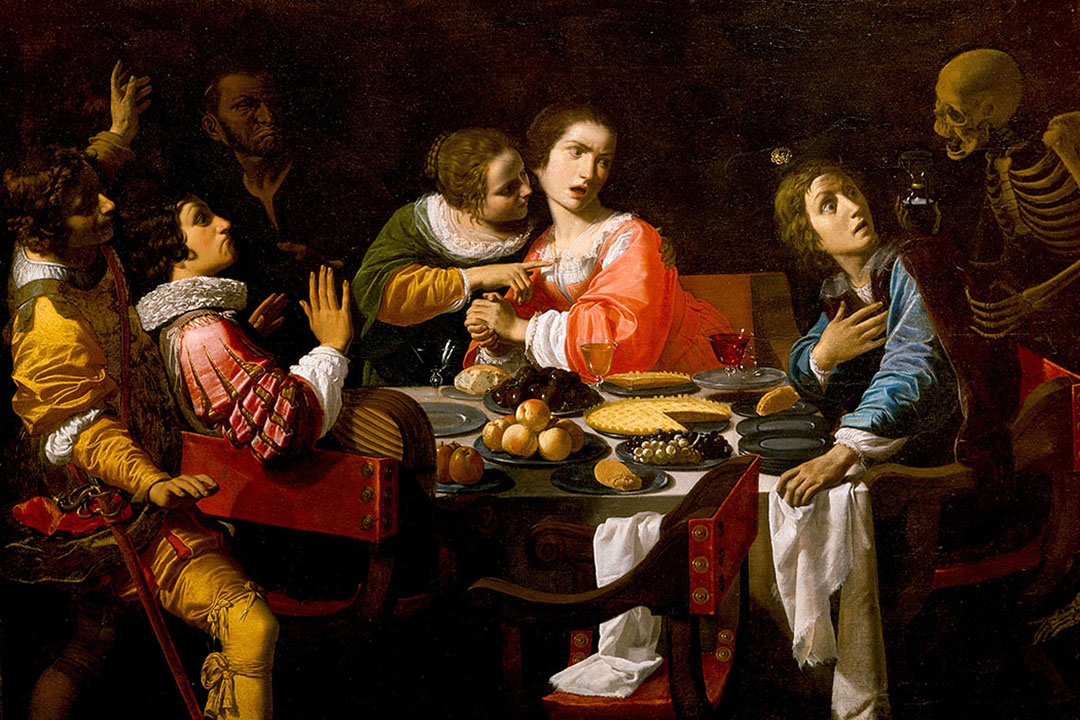 Italy’s Finest Wines: “Wine in Art: History and Best 20 Works on Wine” [*]
Italy’s Finest Wines: “Wine in Art: History and Best 20 Works on Wine” [*]
“Wine and ancient art? Wine is undoubtedly the drink that has most inspired artists and poets over the centuries in the production of artistic works, both in painting and in sculpture.
The first evidence of wine in pictorial art can be found in the two-dimensional representations (bas-relief and painting) of ancient Egyptian art, which boasts ancient origins prior to the fourth millennium BC. In ancient Egyptian art, wine held an important sacral, curative and even funeral value, as evidenced by the grape seeds found in Egyptian tombs. Wine in Egypt was omnipresent in the feasts dedicated to Osiris, the god of wine, real alcoholic banquets whose frescoes and bas-reliefs of Egyptian art preserve the memory.
Furthermore, Egyptian art was the first to depict, in the walls of the tombs, scenes of vine growing forms but also the grape harvest and winemaking.
What are the works of art on wine in Classical pictorial art? Following the Egyptian art, wine found great space in the ancient art of the Phoenicians, Greeks and later the Etruscans.
The spread of wine in ancient art in the West finds its first origin and maximum expression in Hellenic vase art. In fact, there are countless examples of Craters (kratḕres), that is large vases and amphorae used in the Symposiums to mix and dilute wine and water, depicting images related to wine and its consumption.”*Quotation above is taken directly from the website cited and is the property of that source. It is meant to inform the reader and to give credit where it is due.
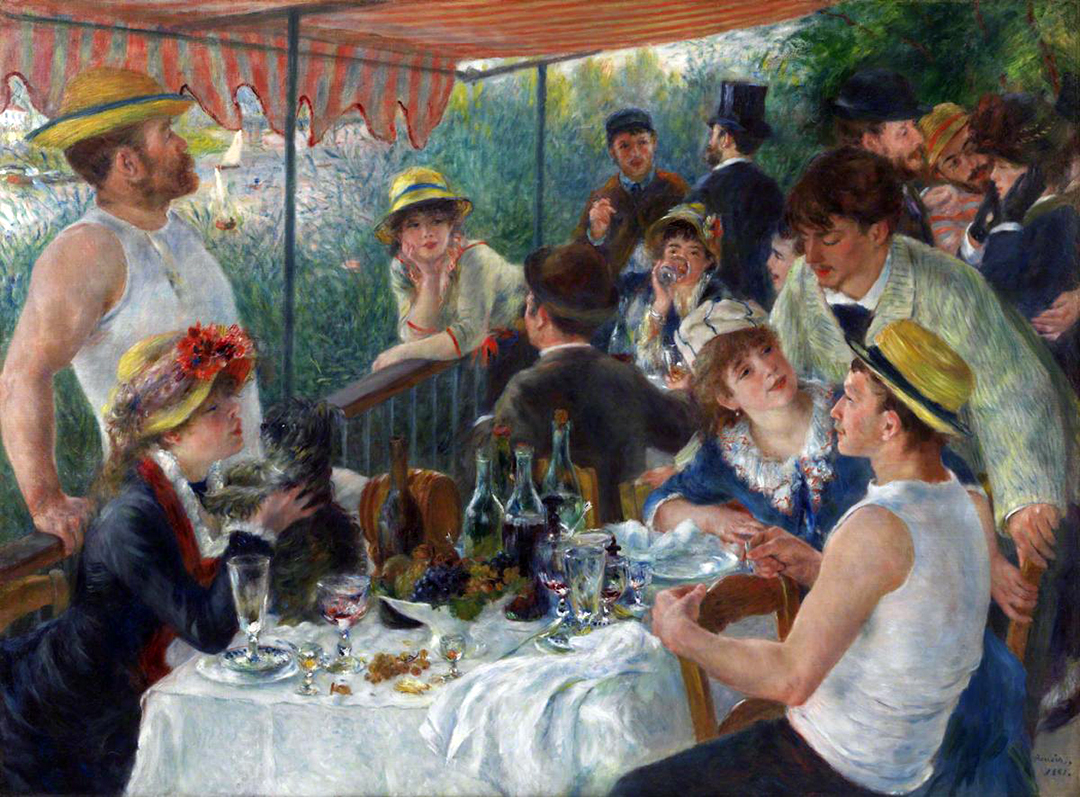 Wine Moments: “Wine Knowledge: Drunk Art History” [*]
Wine Moments: “Wine Knowledge: Drunk Art History” [*]
“A class you probably didn’t take in school: Drunk Art History. But in this class there are no tests and drinking is highly encouraged. For World Art Day we want to celebrate fine art and creativity by talking about the very important role wine has played in the world of art.
For as long as there have been people, those people have been drinking. And for as long as they’ve been drinking, people have been turning their drunken shenanigans into art. Whether as the subject of the artwork itself or as a creative lubricant, wine (and alcohol in general) has provided lots of liquid inspiration to artists all over the world. This topic is vast and lengthy so today we’re starting out by giving you some speedy highlights of Ancient Drunk History:
The worlds oldest wine and first-ever chemical evidence of fermented beverages were found in China in the Neolithic village of Jiahu and dates back to 7000 B.C. and is said to be the oldest alcoholic beverage ever consumed. This ancient wine influenced some of the earliest pottery jars were made and sculpted with ornate carvings and designs to store the beverage.
Now we use the term ‘wine’ loosely because archaeologists refer to this ancient Chinese beverage as an ‘extreme’ fermented drink that is made of grapes, hawthorn(rose), rice, fruit, and honey. The experts say the concoction tastes like a mix of strong wine, beer, and herbal medicine… Needless to say, we’re glad drinks have improved since then and that we don’t have to be the ones to try this.”*Quotation above is taken directly from the website cited and is the property of that source. It is meant to inform the reader and to give credit where it is due.
 My Wine Design: “ART a la carte. Wine Art History in Short.” [*]
My Wine Design: “ART a la carte. Wine Art History in Short.” [*]
“Take it to the grave: Wine is divine – at least that’s what the ancient Egyptians say (and we definitely agree!) Way back when one’s travel itinerary for their trip to the afterlife was incomplete without the five canonical wines from different estates in the Delta. Scattered grape seeds and winemaking scenes on the walls of tombs too show the sacred value placed on wine. Take it from Plutarch, quoting Eudoxus, ‘The blood of those who had once battled against the gods, and from whom, when they had fallen and had become commingled with the earth, they believed vines to have sprung.’
Feast on the blood of the grape: Next came Dionysus, the son of the virgin, bringing the counterpart to bread: wine and the blessings of life’s flowing juices. His blood, the blood of the grape, lightens the burden of our mortal misery. Though himself a God, it is his blood we pour out to offer thanks to the Gods. And through him, we are blessed.
The Greek cult of celebrating Dionysus, the god of wine, fertility, and ecstasy has since inspired great artists such as Titian and Michelangelo to create art on the motif of pleasure. In Classical times, however, artists depicted scenes of wine making and enjoyment on craters (amphorae used to mix and dilute wine and water). ”*Quotation above is taken directly from the website cited and is the property of that source. It is meant to inform the reader and to give credit where it is due.
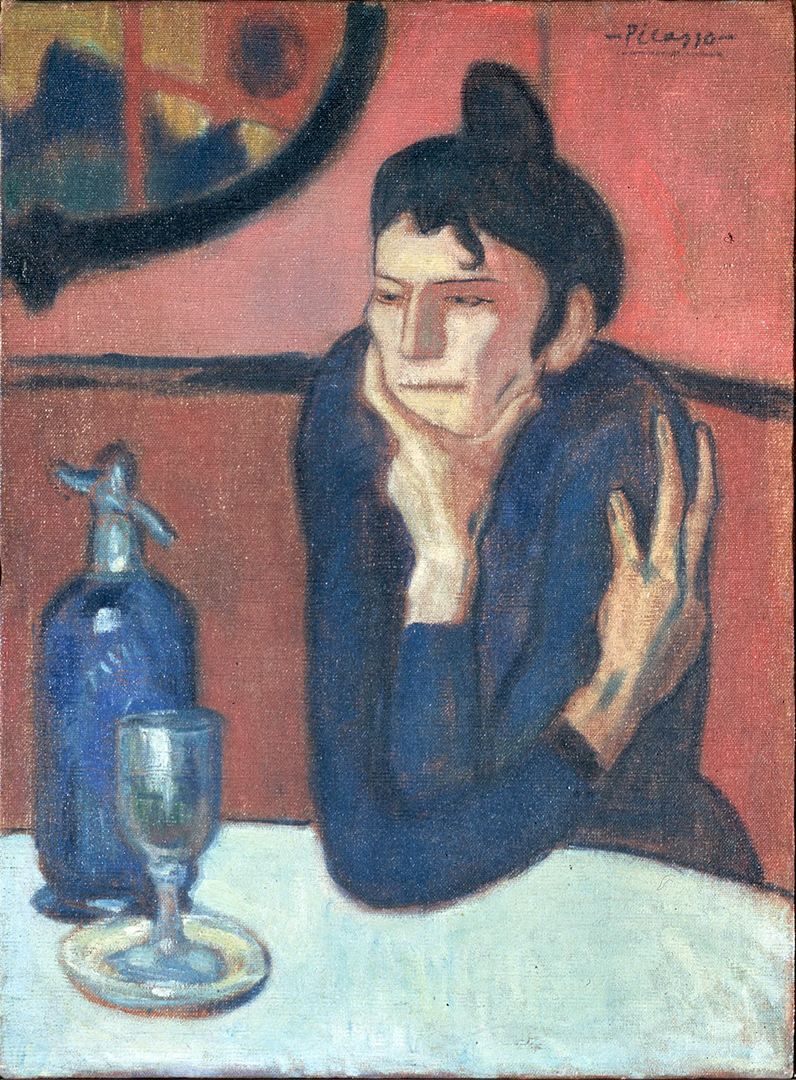 ArtNet News: “Drunk Art History: See the Finest Artistic Depictions of Totally Wasted People Ever, From Ancient Greece to the Present” [*]
ArtNet News: “Drunk Art History: See the Finest Artistic Depictions of Totally Wasted People Ever, From Ancient Greece to the Present” [*]
“For as long as there have been people, those people have been drinking. And for as long as they’ve been drinking, they’ve been turning their rabble-rousing into art. Whether used for ceremonial offerings or as social lubricant, alcohol has provided ample inspiration to artists and intellectuals the world over.
In fact, the word “symposium”—likely to make any art historian reach for a cocktail—is derived from the ancient Greek sympinein, meaning “to drink together.” Every culture has some association with a spirit of revelry (Bacchus, the god of wine, is particularly prominent in Western art history). The case has also been made for alcohol to serve a medicinal purpose—an “antifogmatic” to clear the cobwebs from one’s brain.
What better time than Independence Day in the United States—when many of us will be kicking back with a beer—to consider how artists have illustrated the act of imbibing over the years? Allow us to take you on a visual trip from 2,400 BC to the present—no hangover required. Bottoms up!”*Quotation above is taken directly from the website cited and is the property of that source. It is meant to inform the reader and to give credit where it is due.
